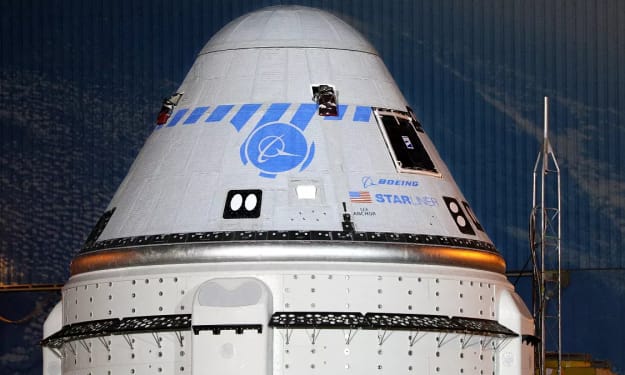This Tiny Device could Reforest the entire Planet
Little self-propelled wooden robot

It could change the face of the earth if you put this little self-propelled wooden robot on the ground; when you connect a seed to it, it will begin to bury itself. It could also be used to regenerate trees all over the world. What exactly is it? Its development was initially inspired by hygromorphs—structures that change shape in response to humidity, like pine cones whose scales automatically close when they get wet—and may play a significant role in energy harvesting, Soft robotics, and sustainable buildings.
The rhodium plant, which produces fruit and seeds with a hydromorphic tail-like structure that helps propel it into the ground to germinate, is extremely similar to this wooden robot in that it coils and uncoils to drill the seed further. While this plant was a major inspiration, it wasn't the only one to use these kinds of structures to change and modify itself in response to the environment.
Based on our calculations and simulation results, the research team decided to develop a more effective hydromorphic structure. Having three anchor points prevents it from flipping over or falling so that it always faces downward at a very specific angle, which helps with the success rate a lot—five votes in our experimental results—and improves upon Nature's design.
Therefore, the number of coils is sort of simulated with mechanical simulation so that the trade-off is that having more coils will soften the entire structure but having a small number of coils will not have enough thrust force and the actuation effect the drilling allows the seat to be placed safely underground where there's a lower chance of being eaten by an animal affected by fire or temperatures or simply washed away this entire Endeavor was a huge feat of engineering
the trials When the design comes into contact with moisture, the wood expands, but the inner layer cells do so at a faster speed than the outer layer, causing the robot to coil. When it later dries, the wood contracts at different speeds again, with the inner layer cells shrinking more quickly, pushing the seed further into the soil. We chose oak wood because it expands at a different rate than the outer layer. We can introduce mechanical molding to have this intricate structure, which is the first of its kind to be made out of one single material without the need for anything synthetic. We have this series of chemical processes, which is almost the same process as making paper. We've done experiments on the processing to make sure that the wood is pliable at the point but not as easy to break as prolonged processing would make it.
The advantage of utilizing just wood is that it is fully biodegradable, so there won't be any trash left on the forest floor. The team also tested dropping the seeds from drones in the air and was able to maintain a 90 percent success rate for tying them to different terrains. Additionally, it can carry seeds up to 75 milligrams in weight, compared to typical hydromorphic seed tails in nature, which typically only carry around 8 to 20 milligrams of weight, opening the potential for different types of reforestation. Additionally, the study team was able to include symbiotic organisms on the robot, such as advantageous nematodes and fungi, which improved plant health and overall survival rates in natural surroundings.
Although there has been a lot of interest in soft robots, and we even made a video about some new liquid robots, these wood robots sort of blend both soft and hard robots into a new firm category. Firm robots have the advantage of being able to interact with their environment, like soil, more easily while also having some of the shape-shifting capabilities of soft robots.
There are additional shapes it can take, including heat-responsive material that transforms into different emotions in either a circular or linear fashion. It's an amazing example of bio-inspired engineering to solve problems with a Little Help from nature. Thank you so much for watching. I hope you find that as fascinating as I do. If you did, make sure you liked the video. This is just one example, but you can have a window covered with this type of actuator, and once it's raining, you can have some scales that open and close according to the humidity outside.





Comments (1)
Amazing